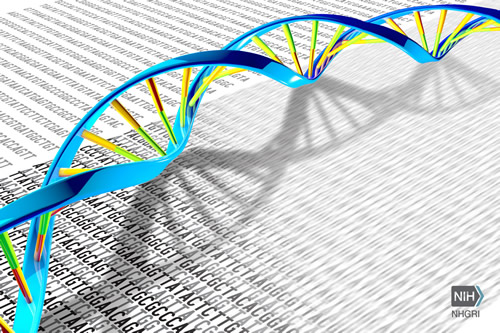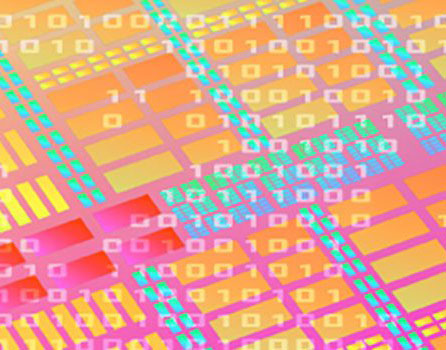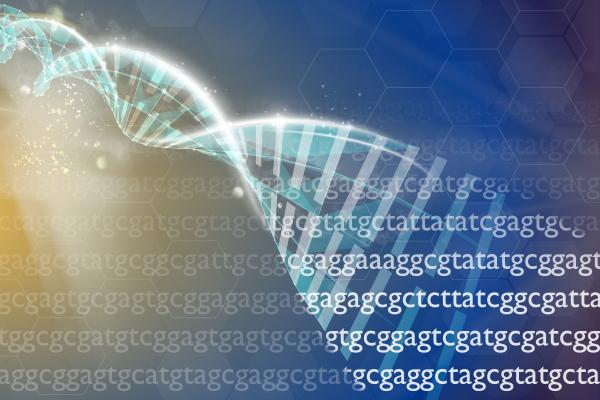A Computational Approach to Curbing Chemotherapy’s Side Effects
Study Identifies Compounds That Could Aid Body’s Removal of Toxic Cancer Drugs
When it comes to cancer, the treatment can sometimes feel worse than the disease. Not only do chemotherapy drugs cause grueling side effects, but certain products made by otherwise benign bacteria living in our digestive system can interfere with the body’s ability to get rid of those toxic chemicals. A new IRP study used a cutting-edge computational approach to help identify compounds that inhibit one of those meddling bacterial molecules, which could eventually lead to the creation of medications that reduce some of chemotherapy’s side effects.









